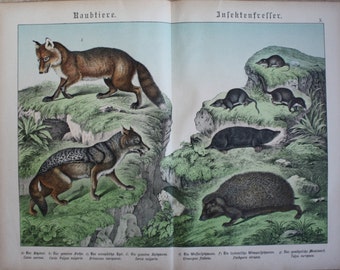
Many of the subjects and scenes Blanchard portrayed were taken from images he collected of Paris during the 1890s, and he would often work on paintings for days or months before he finally felt they were complete. He began to research the Belle Époque period in Paris - reading and studying all the material on the period he could find. Contemporary life in Paris had changed, and Blanchard longed for the bygone days. The artist’s second daughter, Evelyn, was born in 1947, and by 1948, he had given control of the family business to his younger brother and returned to Paris to paint. It was also around this time that Blanchard's father passed away, and he was compelled to return to his hometown and run the family business - giving him little time to paint. It was not until 1942 that he would return to his art.īlanchard’s daughter Nicole was born in 1944 - she too would follow in the family tradition and after the birth of her two daughters, she became an artist working under the name A.

In 1939 Blanchard married a young woman he met in Paris, and in September of that year war broke out and he was called up for service. It was in Paris that he developed a love for the city and its street life. He enrolled at the Ecole des Beaux-Arts and after a few years entered the competition for the Prix de Rome.

Upon completion of his studies, he was awarded the school’s highest award: Le Prix du Ministre.īy 1932 Blanchard left Rennes and traveled to Paris to study. He continued his training in Rennes at the Ecole des Beaux-Arts where he studied sculpture and drawing. Blanchard would watch his father hand carve the furniture, and he began to display an artistic flair early in life - in an effort to promote this talent, his parents sent him to Blois for drawing lessons. He was the eldest of three children, and his father, a carver, managed a small carpentry and furniture shop. Antoine Blanchard was born in France on November 15, 1910, in a small village near the banks of the Loire.


 0 kommentar(er)
0 kommentar(er)
